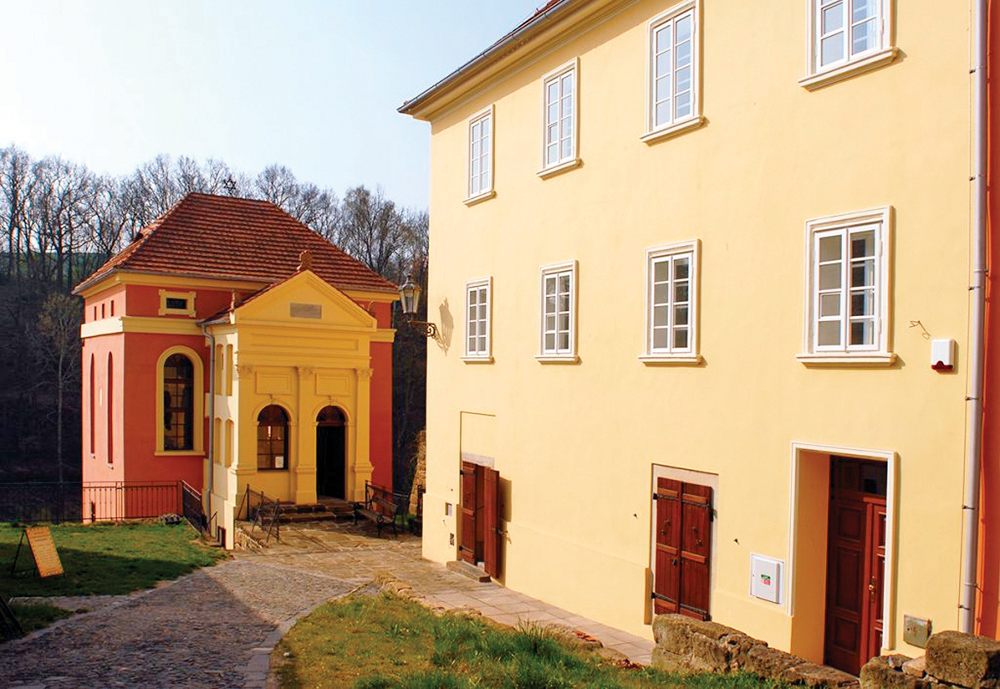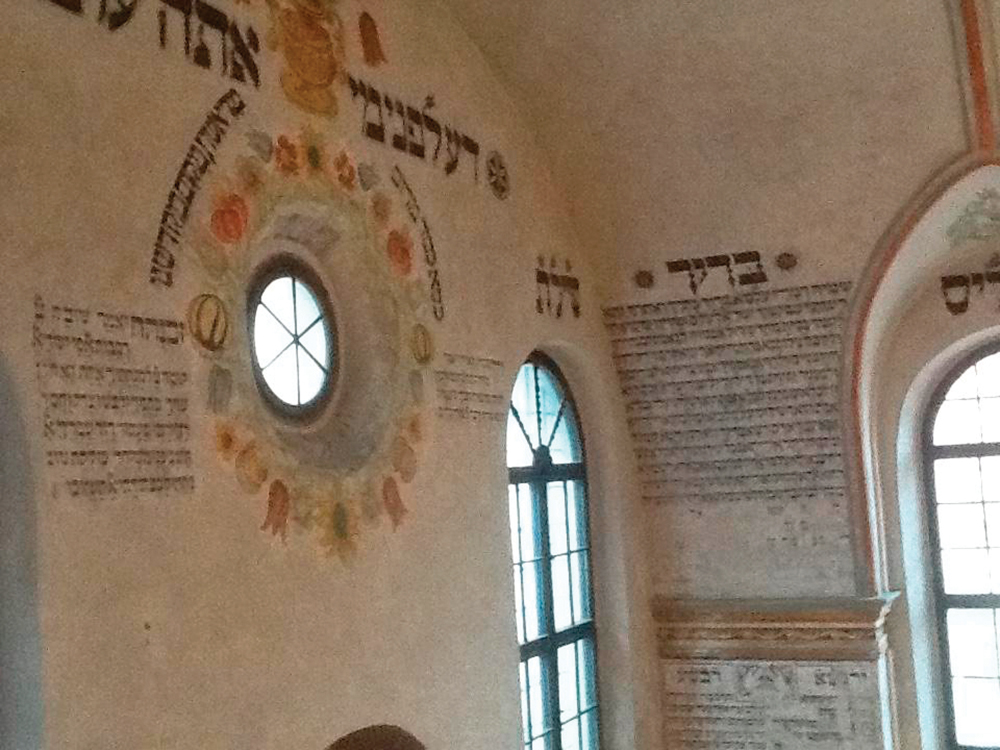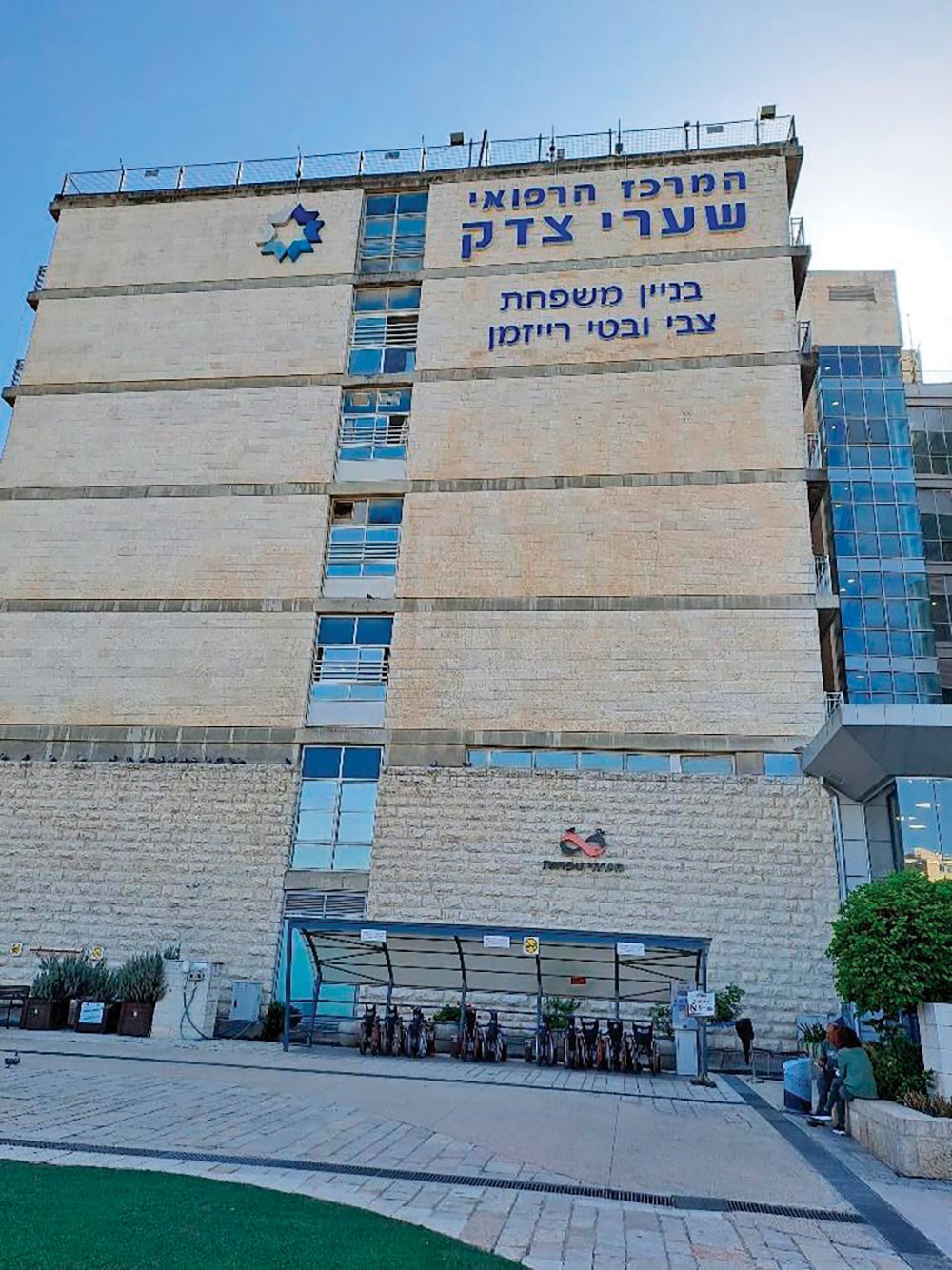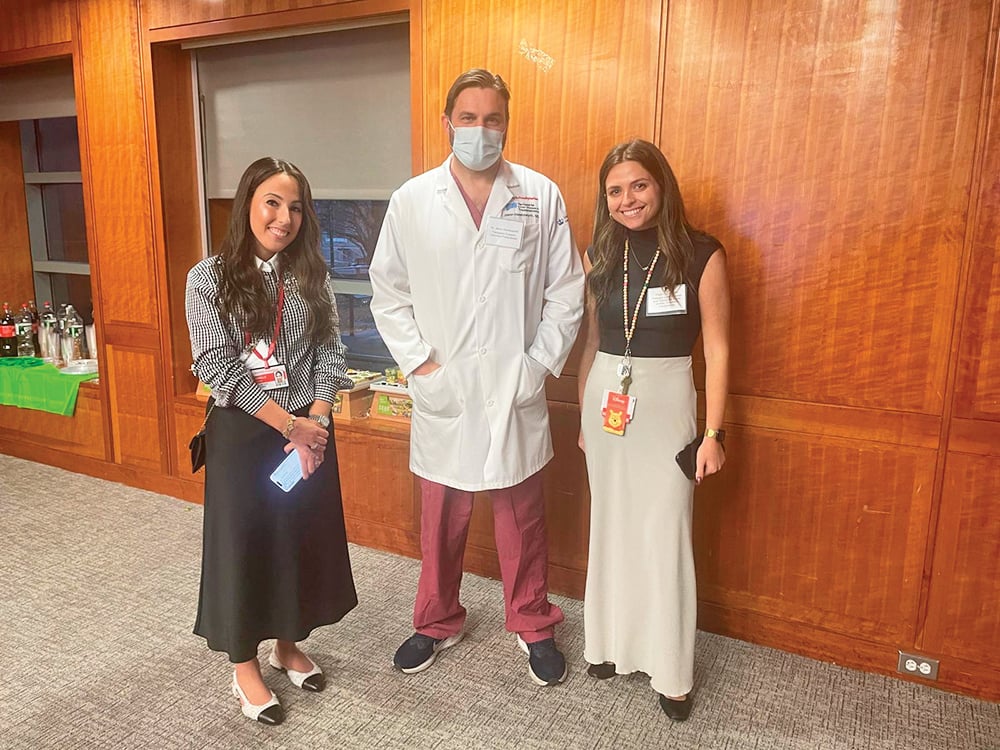
The Czech Republic boasts a rich and enduring Jewish heritage that spans centuries. Notably, the country is home to the second-largest synagogue in Europe and the third-largest globally. Many towns in the Czech Republic have significant Jewish populations, and Czech Jews have made remarkable cultural contributions in both religious and secular spheres.
While Prague stands as the epicenter of Czech Jewish heritage, exploring Jewish roots beyond the capital city is an enticing adventure. Starting from sites near Prague and extending to locations such as Pilsen in the west, Mikulov in the south and beyond, one can unravel the rich tapestry of Czech Jewish history.
The 10 Stars Project in the Czech Republic is a nationwide endeavor connecting 10 synagogues and Jewish heritage sites dispersed throughout the country. These sites serve as showcases of the Czech Republic’s unique cultural heritage, and aim to provide visitors with a distinctive and authentic insight into Jewish history and Judaism.
Among the synagogues I had the privilege of visiting was one located in Ustek, a picturesque small town nestled in the St. Nad Labem Region. Ustek offers a delightful backdrop. The Tk Synagogue, founded in 1794, is situated atop a high foundation wall crafted from sandstone cubes, positioned right at the edge of a cliff promontory.

Under the guidance of Marek Tousek, the managing director and operator of Magni Tour, I had the opportunity to explore a meticulously restored synagogue, rabbi’s residence and school. What sets this experience apart is the unconventional space nestled between the Jewish school and the teacher’s quarters. Today, visitors can immerse themselves in an exhibition offering a glimpse into what a Jewish school might have been like in the middle of the 19th century.
However, the primary focus of the “Revitalization of Jewish Monuments” project in Úštěk was the comprehensive restoration of the rabbinical house, located opposite the synagogue. This extensive renovation project, spanning from 2010 to 2014, aimed to preserve the historic Jewish building.
Today, the building’s ground floor serves as a repository of knowledge, housing an exhibition that delves into the rich history of Úštěk’s Jewish community. Meanwhile, the first floor, formerly the rabbi’s quarters, features an enlightening exhibition that sheds light on both the history and essence of Jewish schools in the Czech lands.
The disused Jewish cemetery holds a rich history dating back to the 16th century, adorned with a total of 211 gravestones scattered across its grounds.
Třebíč’s Jewish Quarter stands as an exceptional testament to history, revered as one of Europe’s most impeccably preserved Jewish ghettos. Its cultural and historical significance led to the inclusion of the Jewish Quarter, alongside the Jewish Cemetery and the St. Procopius Basilica, on the prestigious UNESCO World Heritage List in 2003.
The Rear Synagogue, erected in 1669 within the historic Jewish Quarter alongside a house constructed in 1798, stands as a remarkable testament to the area’s rich heritage. This beautiful synagogue is distinguished by its spacious and luminous interior, adorned with captivating baroque paintings gracing its walls. The upper women’s gallery within hosts a small yet enlightening exhibition showcasing aspects of Jewish culture.
After its last religious service in 1926, the Rear Synagogue faced the threat of demolition. However, it was rescued from this fate and underwent extensive renovation, reopening to the public as the Jewish Museum in 2011. Today, the synagogue serves as a venue for various cultural events, including exhibitions and concerts.
Within the Trebic Jewish Quarter, a remarkable collection of over 100 buildings remains, including two synagogues, the Jewish town hall, the rabbi’s residence, the school and the hospital. The former women’s gallery now houses a permanent exhibition dedicated to Jewish culture, featuring a wealth of valuable objects that once played a central role in the now-extinct Jewish community, tragically decimated during the Holocaust.
The Jewish cemetery in Trebic stands as a remarkable burial ground, not only within the Czech Republic but across Central Europe. Perched atop a hill, it hosts an impressive collection of over 3,000 graves, each adorned in diverse styles ranging from Renaissance and Baroque to Classicist. This sacred site holds the remains of approximately 11,000 individuals.
The Terezin Memorial stands as a solemn testament to the tragic history that unfolded within its walls. The site was originally an 18th-century military fortress that was later repurposed by the Nazis during World War II to serve as the sole concentration camp on Czech territory. Within these confines, over 33,000 European Jews tragically lost their lives.
As visitors traverse the memorial grounds, they gain profound insights into the daily suffering and inhumane conditions endured by the tens of thousands of Jews deported here.
The Museum of the Terezin Concentration Camp, a solemn embodiment of the site’s haunting past, sits on this site. Within its walls, visitors are confronted with chilling artifacts, including a poignant collage of drawings by imprisoned children, bearing witness to their remarkable resilience in the face of unimaginable adversity.
The museum also holds a chilling relic of propaganda—a Nazi-produced film aimed at depicting Terezin as a supposed “gift” from Hitler to the Jews, an attempt to dispel rumors about the horrors of concentration camps. Moreover, a vast collection of literary, artistic, musical and theatrical works crafted by camp prisoners serves as a testimonial to their enduring creativity and resilience amidst unfathomable suffering.
Exploring Prague’s Jewish Town, known as Josefov in Czech, is an emotionally gripping experience. Few European cities can rival the level of preservation found in Prague’s Jewish Quarter. Situated near the Old Town Square, this compact yet historically rich district, often referred to as the Jewish Ghetto in Prague, is the smallest of the city’s quarters.
Under the umbrella of the Jewish Museum, Josefov’s museums oversee and preserve six vital Jewish landmarks within this historic district. These sites include the Maisel Synagogue, Pinkas Synagogue, Spanish Synagogue, Klaus Synagogue, Ceremonial Hall and Old Jewish Cemetery. Additionally, the Old-New Synagogue, still an active place of worship, requires a separate ticket for entry.
During World War II, the Prague Jewish Museum fell under the control of the Nazis—an ironic twist. Established in 1906 to safeguard artifacts from synagogues demolished during the urban clearances in Josefov at the turn of the 20th century, it was repurposed with the intent of creating a “museum of an extinct race.” The Nazis gathered materials and objects from Jewish communities across Bohemia and Moravia, amassing what is possibly the world’s largest collection of sacred Jewish artifacts.
The Old-New Synagogue stands as a cherished landmark among these sites, boasting the title of Europe’s oldest operational synagogue and serving as a splendid example of Prague’s early Gothic architecture, completed around 1270. The synagogue features a central chamber, an entry hall, a winter prayer hall and a designated area for women. A glass case at the rear illuminates the light bulbs next to the names of prominent deceased individuals on their yahrzeits, infusing the synagogue with a poignant and reverent atmosphere.
With its steep roof and Gothic gables, the Old Synagogue exudes an air of mystery and holds within it the echoes of the Golem legend.
Across the narrow street stands the graceful 16th-century High Synagogue, earning its name because its prayer hall, though not accessible to the public, is situated on the upper floor. Adjacent to it, the town hall boasts a clock tower with a Hebrew face where the hands move in reverse, echoing the Hebrew script.
The distinguished Pinkas Synagogue, constructed in 1535 and utilized for worship until 1941, underwent a transformation post-World War II, serving as a memorial thereafter. Its walls bear inscriptions of the names, birth dates and dates of disappearance of the 77,297 Czech victims of the Nazis. Furthermore, the synagogue houses a collection of paintings and drawings crafted by children who were interned at the Terezín concentration camp during the war.
Accessed through the Pinkas Synagogue lies the entrance to the Old Jewish Cemetery, Europe’s oldest surviving Jewish graveyard. Established in the early 15th century, and closed in 1787, it ranks among Prague’s most visited attractions. Housing approximately 12,000 weathered and crumbling tombstones, some of which were relocated from other forgotten cemeteries, it serves as the final resting place for around 100,000 graves, arranged in layers due to spatial constraints.
In Prague’s Old Jewish Cemetery, the oldest tombstone dates back to 1439. Exiting the cemetery leads between the Klaus Synagogue and the Ceremonial Hall, both of which house exhibitions on Jewish worship and traditions.
A block away stands the neo-Gothic Maisel Synagogue, showcasing an exhibit on the history of Jews in Bohemia and Moravia from the 10th to the 18th centuries. The exhibit includes ceremonial silver, textiles, prints and books. Two blocks east lie the Spanish Synagogue, renowned for its Moorish interior. It hosts an exhibit covering the story of Jews in the Czech Republic from emancipation to the present day.
To organize your visit to Prague, explore the Czech National Tourist Office website at www.czechtourism.com.
The author participated in a press trip sponsored by the Czech National Tourist Office.











